The Thrifter’s Guide to Staying Clean: What to Avoid & How to Sanitize Your Finds
I’ve been in the high-end consignment business for over two decades, and let me tell you, I’ve seen it all. My days are a whirlwind of sorting through bags and boxes, uncovering everything from gorgeous designer coats to everyday cotton tees. It’s a treasure hunt, and I absolutely love helping give beautiful clothes a second life. But behind the romance of that perfect find, there’s a practical side that often gets glossed over: hygiene.
In this article
My entire business is built on trust. Every single piece that comes into my shop gets a professional-level inspection because my reputation—and the health of my customers—is on the line. This guide is built on that hard-won experience. It’s not here to scare you off thrifting. Honestly, it’s the opposite. I want to arm you with the insider knowledge you need to shop smart, stay safe, and protect your health. We’re going to cover the stuff I almost always reject and exactly why.
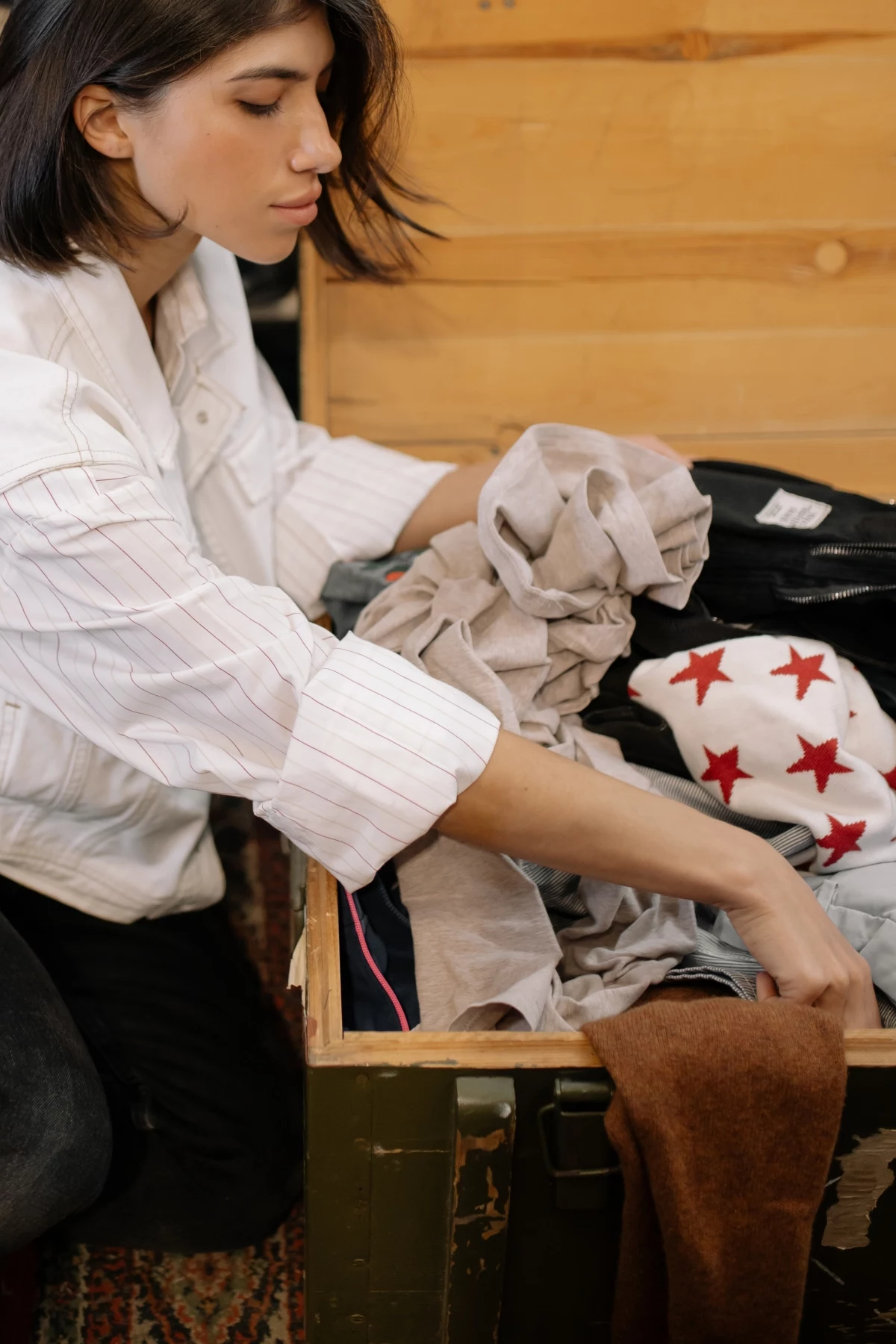
The Invisible World on Used Clothes
First things first, let’s talk about what we’re actually dealing with. Fabric is porous, making it a fantastic home for all sorts of microscopic critters. We’re not just talking about a little dust here. We’re talking about bacteria, fungi, and even tiny pests that can hang around for a surprisingly long time.
You’ve got two main categories of yuck to consider: the biological and the chemical. Biological risks include things like staph bacteria, which can cause nasty skin infections, and the fungi that lead to athlete’s foot or ringworm. Then there are yeasts that can cause infections in, well, sensitive areas. Chemical risks come from leftover detergents, strong perfumes, or bodily fluids that can trigger allergic reactions or irritate your skin.
Now, a proper wash can zap most of these threats. Hot water (think 140°F or 60°C), good detergent, and a hot dryer cycle is a killer combination. But here’s the catch: you can’t wash everything that way. And you never truly know how an item was stored before it got to the rack. Was it in a dry, clean closet, or a damp, musty basement? That uncertainty is the real issue. When you’re thrifting, you have to be your own quality control expert.
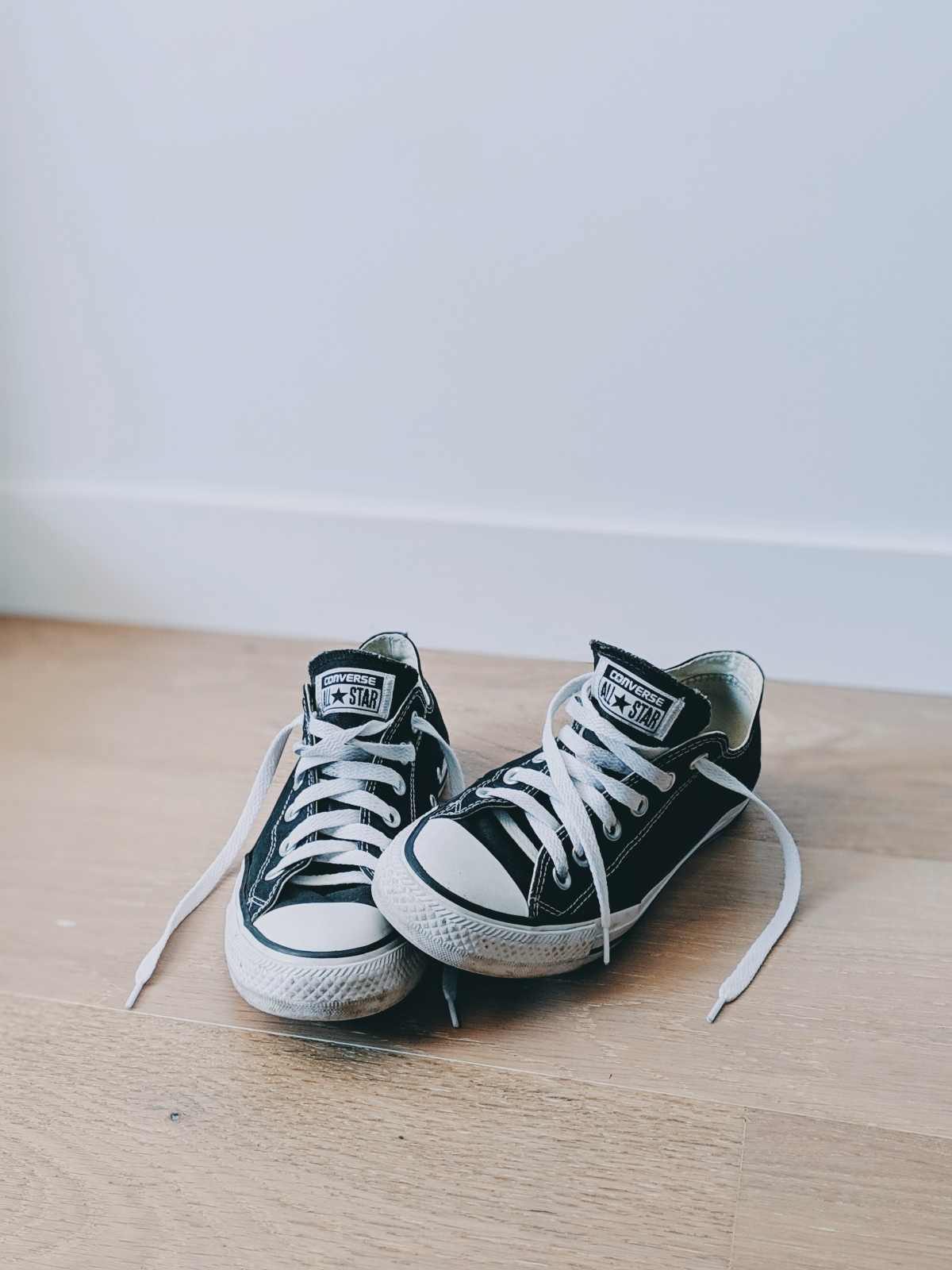
The Hard-Pass List: Items to Always Buy New
Some things are just non-negotiable. For the sake of your health, I genuinely believe you should always buy these items new. No exceptions.
-
Underwear and Swimwear: This is my number one rule in the shop. We don’t take them, period. These items sit against the most intimate parts of your body, absorbing fluids and creating a warm, damp environment that’s a paradise for bacteria like E. coli and infection-causing yeasts. Even if a swimsuit looks clean, you just can’t be sure. A standard wash doesn’t always cut it, and the risk isn’t worth it.
Oh yeah, and what about items that are “New With Tags” (NWT)? Use extreme caution. I’ve seen tags re-attached more times than I can count. A truly new item should be flawless—the fabric crisp, the tags pristine, and any hygienic liner on swimwear bottoms must be perfectly intact. If it looks like it’s even been tried on, I pass. You should too.
-
Helmets: This is a safety issue, not just a hygiene one. Bicycle or sports helmets are designed with protective foam that compresses during a single impact to protect your head. After that, it’s useless. You have absolutely no way of knowing if a used helmet has been in an accident. Its safety features could be completely compromised. Never, ever buy a used helmet.
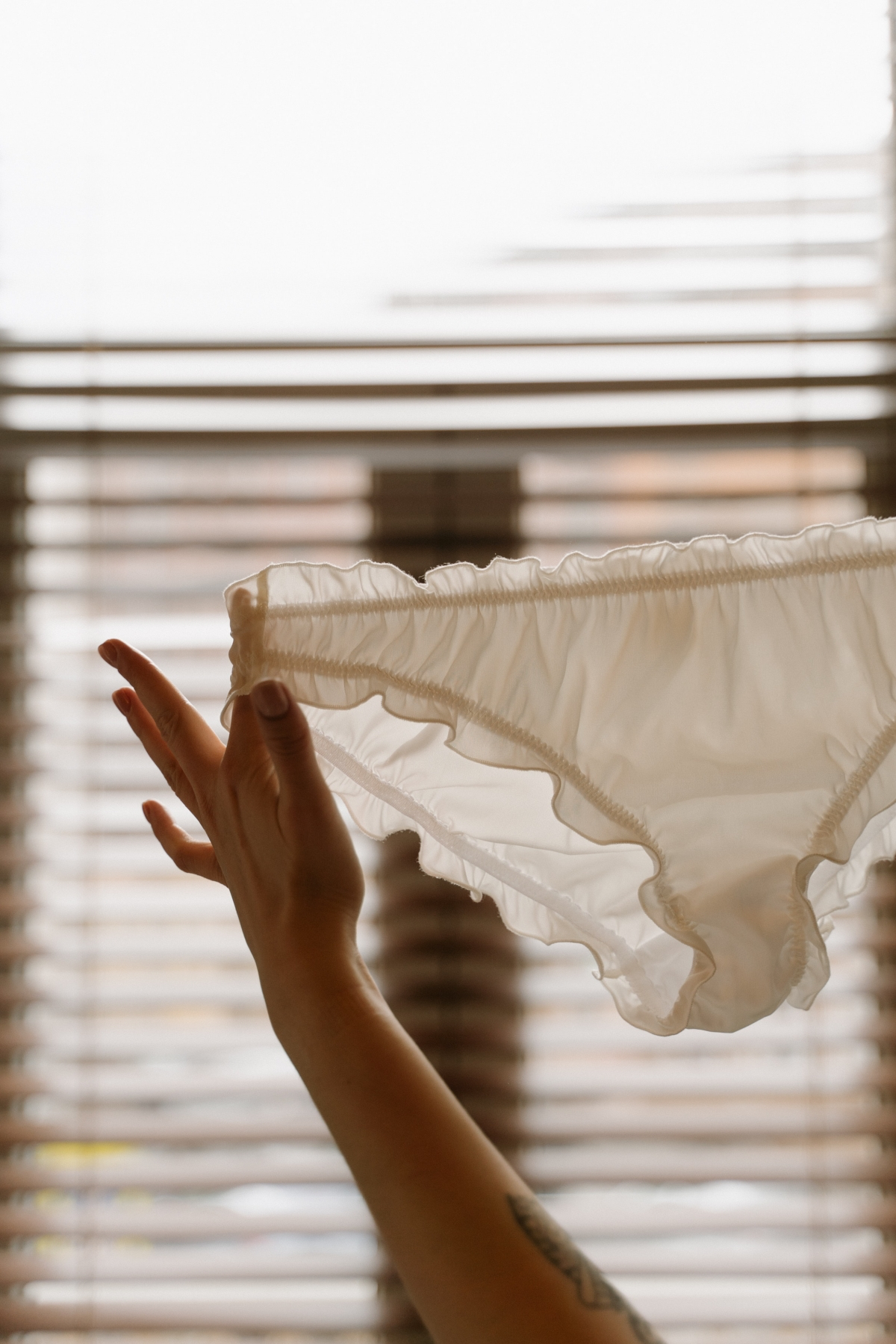
Tread Carefully: Items to Thrift with Extreme Caution
This next group isn’t an automatic ‘no,’ but you need to be incredibly picky and know what you’re looking for. These are the items that carry a higher-than-average risk.
Athletic Apparel
Modern activewear is a marvel of fabric engineering, designed to wick sweat away from your skin. The problem? That fabric is doing its job by absorbing sweat, oils, and skin cells, which get trapped deep in the synthetic fibers. Over time, this creates a ‘biofilm’—a stubborn colony of bacteria that’s incredibly hard to remove. It’s what causes that ‘perma-stink’ that returns the second the garment warms up with your body heat. More importantly, this biofilm can harbor staph bacteria, a common cause of skin infections and folliculitis (infected hair follicles). If you must buy used activewear, stick to pieces that look like they’ve barely been worn and wash them immediately with a specialized sports detergent. Pro tip: Look for enzymatic detergents like Rockin’ Green or Nathan Sport Wash, which are designed to break down those oils and biofilms.
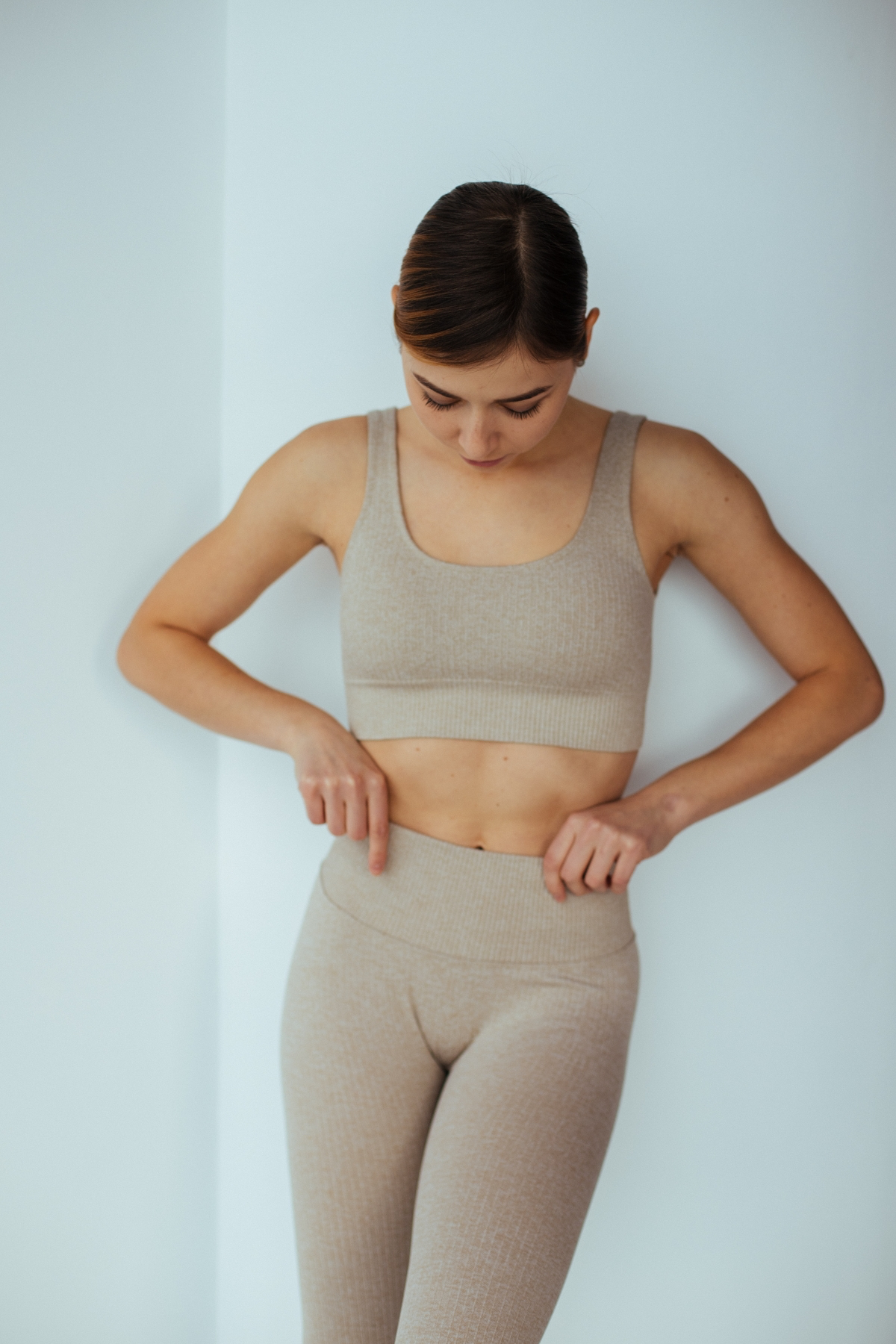
Shoes
Shoes are so tricky. Your feet have a ton of sweat glands, turning your shoes into a dark, damp breeding ground for the fungus that causes athlete’s foot and fungal nails. Those fungal spores can live in the lining of a shoe for months. But beyond the germs, there’s a fit issue. A shoe molds to its original owner’s foot—their arch, their gait, their pressure points. Wearing a shoe molded to someone else can throw off your alignment and lead to foot, knee, or even back pain. My advice? Avoid used running shoes entirely, as their cushioning is likely shot. For other shoes, if you decide to buy them, here’s a simple cleaning process anyone can do:
- Immediately throw out the old insoles. Don’t even think about it.
- Wipe down the entire inside of the shoe with a cloth dampened with rubbing alcohol.
- Lightly spray the inside with an antifungal spray you can grab at any pharmacy for about $8-$10.
- Let them air out in a well-ventilated spot for at least 48 hours before you even think about putting your feet in them.
Hats
Headwear absorbs a lot of sweat, hair oil, and skin cells. This makes used hats a potential vehicle for head lice or fungal infections like ringworm of the scalp. Structured hats are also a nightmare to clean without ruining their shape. I’ll never forget a stunning vintage hat that came into the shop once. It looked perfect on the outside, but when I flipped it over and looked at the inner sweatband… let’s just say it was a biohazard. That’s why you ALWAYS check the sweatband. Knit beanies are generally safer since you can toss them in a hot wash, but for any other hat, you’re taking a bit of a gamble.
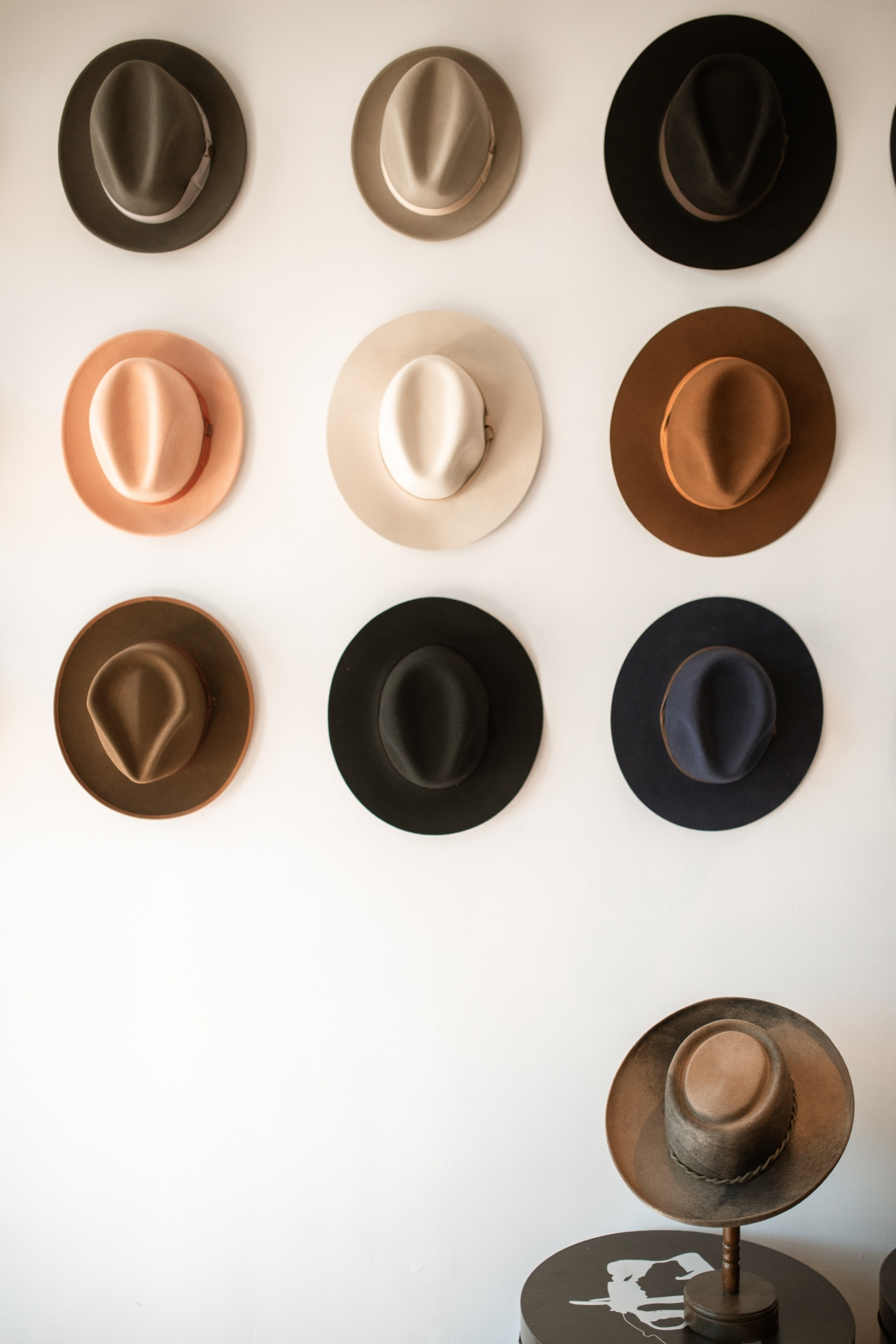
The Big One: What About Bed Bugs?
Okay, let’s talk about the number one fear for every thrifter: bed bugs. It’s a valid concern! While they are more commonly found in furniture and mattresses, they can absolutely hitch a ride on clothing. The risk is lower, but it’s not zero.
Here’s how to check for them in the store: Take the garment to a well-lit area. Meticulously inspect the seams, cuffs, and collar. You’re looking for tiny, dark reddish-brown or black spots (which are their droppings), tiny white eggs, or the bugs themselves, which are about the size of an apple seed. If you see ANYTHING suspicious, put the item down and walk away. It’s simply not worth the potential nightmare of an infestation.
My Pro-Level Cleaning Process for Your Finds
So you’ve found some great, safe-to-buy items like jeans, sweaters, or dresses. Awesome! Here’s the system I use at home to make sure everything is 100% clean and safe before it ever touches my closet. This whole process might take a day or two, but most of it is just letting the machines or time do the work.
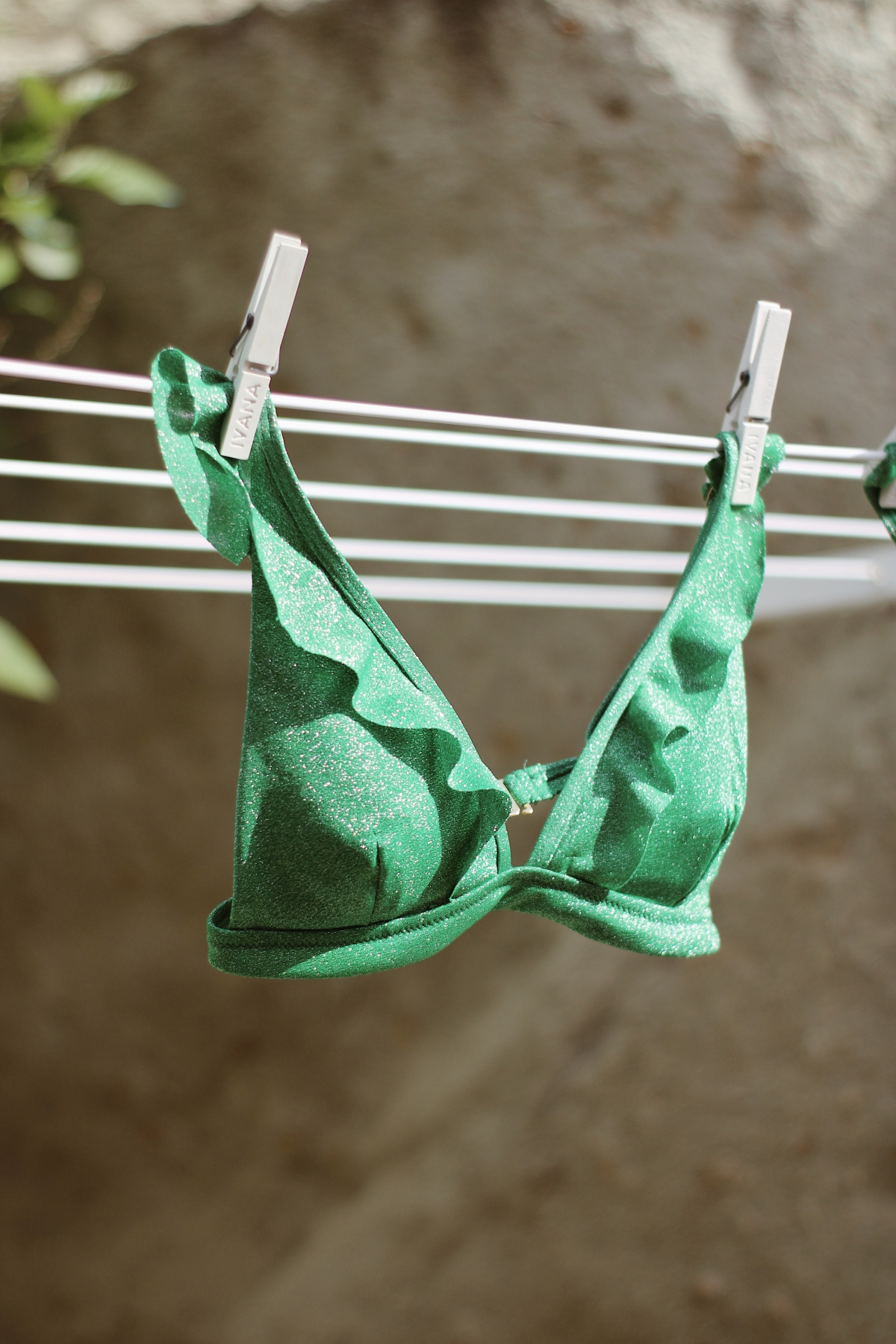
Your Thrifter’s Cleaning Toolkit:
- A good detergent
- Oxygen bleach (like OxiClean, about $10 for a big box)
- Laundry sanitizer (like Lysol Laundry Sanitizer, around $7-$9 a bottle)
- Cheap vodka in a spray bottle (trust me!)
Step 1: Isolate. The thrift store bag does NOT come inside my house. It stays on the porch or in the garage. This prevents any potential stowaways (like carpet beetle larvae) from making a home in my rugs or closets.
Step 2: Wash It Right. For durable stuff like cotton and denim, I use the hottest water the fabric can handle. I add my regular detergent plus a scoop of oxygen bleach. For delicates or bright colors, I use a cooler wash but add a laundry sanitizer specifically designed to kill germs in cold water.
Step 3: High-Heat Dry. The heat from a dryer is your second line of defense. Tumble dry anything that can take it on high heat for a full cycle. This is your best friend for killing off any lingering bugs or germs.
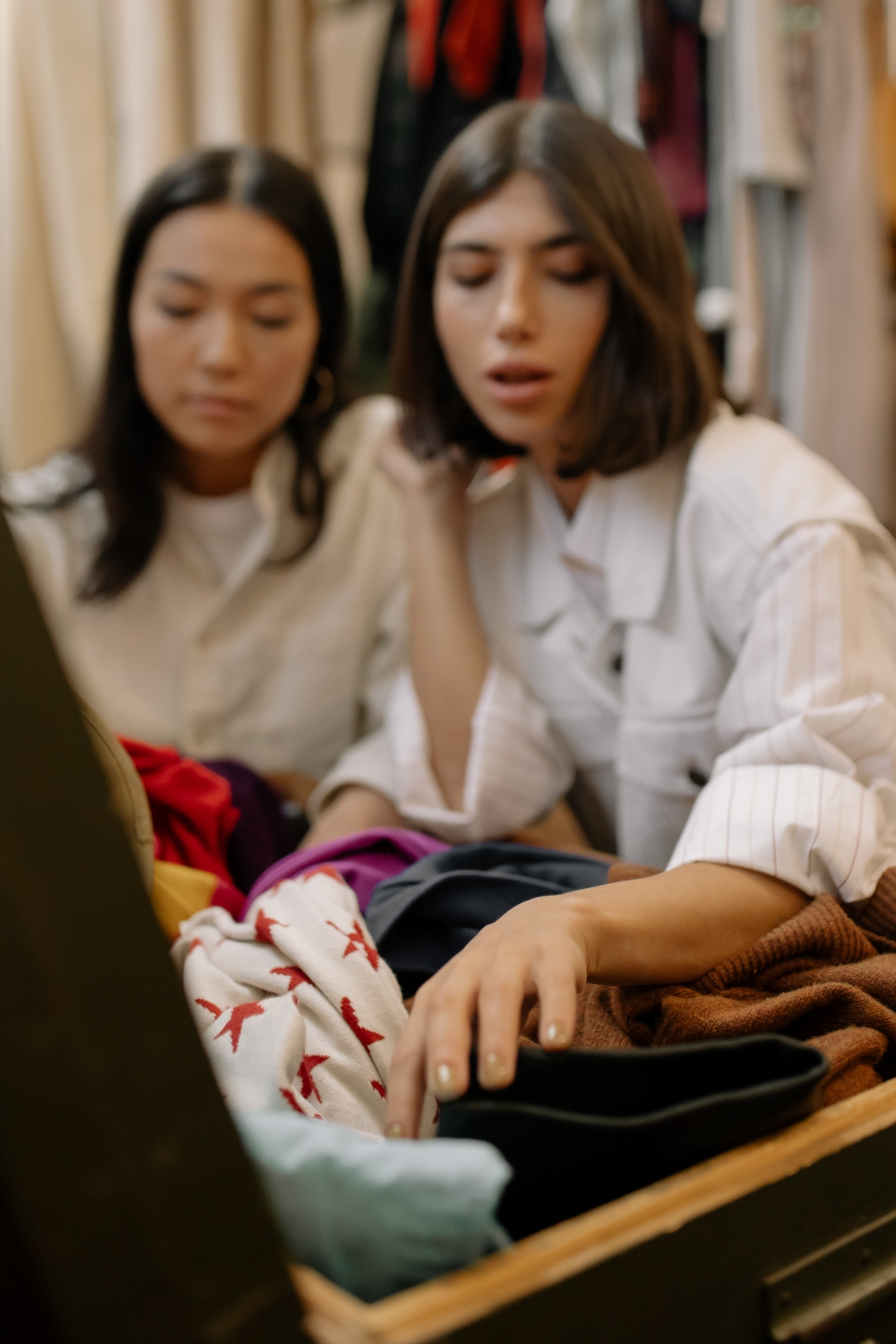
What About Non-Washables?
This is where it gets interesting. What about that amazing leather jacket or wool blazer you found? You can’t just toss it in the wash.
- For Leather and Suede: You can’t soak them, but you can clean them. Wipe down the lining with a cloth that’s just barely damp with a mix of water and a little bit of mild soap. For the exterior, use a cleaner made specifically for leather.
- For Wool, Silk, and Structured Blazers: Here’s a classic theater pro-tip: use vodka! Fill a spray bottle with cheap, high-proof vodka and give the garment a light misting (especially in the armpits and collar). Don’t soak it. As the alcohol evaporates, it takes the odors with it and helps sanitize the surface. It sounds crazy, but it works wonders.
- The Freezer Trick: For delicate items that can’t be washed or heated, you can place them in a sealed plastic bag and stick them in the freezer for at least 72 hours. This will kill any potential pests like lice or moths.
A Few Final Insider Tips
Before you go, a couple of last thoughts. Remember that not all secondhand stores are the same. A curated consignment shop has to be picky to survive. A big, donation-based thrift store operates on volume, so you need to be a more discerning shopper there.
And what if you get home and find a problem you missed? If an item has a faint musty smell, try running it through the wash with a half-cup of white vinegar in the rinse cycle. For sturdy items like denim or canvas, leaving them in direct sunlight for a few hours is also a great natural sanitizer and deodorizer.
Ultimately, my goal is to empower you, not to create fear. Thrifting is sustainable, affordable, and the best way to build a truly unique wardrobe. Think of yourself as a savvy curator. Know which pieces to skip, be cautious with others, and learn how to clean everything else like a pro.
After all these years, my best advice is simple: trust your gut. If something looks, feels, or smells even a little bit off… leave it. I promise, another treasure is waiting just around the corner.
Inspirational Gallery
I heard you can just freeze thrifted clothes to kill germs. Is that true?
This is a common myth! While freezing can kill some pests like clothes moths or bed bugs (if done correctly for several days at 0°F / -18°C), it doesn’t eliminate most bacteria or viruses. Bacteria like Staph and E. coli are incredibly resilient and simply go dormant in the cold, ready to wake up as soon as the item thaws. For true sanitization, you need heat or a chemical disinfectant.
High-Heat Steaming: A quality handheld steamer, like one from Conair or Jiffy, can reach temperatures over 212°F (100°C), hot enough to kill most surface germs and dust mites on delicate fabrics like silk or beaded tops. It’s also fantastic for relaxing wrinkles.
Hot Ironing: A hot iron works similarly by applying direct, high heat. It’s excellent for smooth cottons and linens but can be risky for synthetics or textured fabrics. The steam function adds extra sanitizing power.
For versatility and safety on a wider range of thrifted fabrics, a powerful steamer is often the better investment.
- Neutralizes odors on contact.
- Preserves delicate wool and cashmere fibers.
- Kills 99.9% of bacteria without high heat.
The secret? A specialized laundry sanitizer. Look for products like Lysol Laundry Sanitizer or Clorox Fabric Sanitizer, which are designed to be added to your rinse cycle and work even in cold water.
A single bed bug can live for several months without feeding, patiently waiting in the seam of a garment.
This is why a thorough visual inspection in the store is critical. Before you even head to the fitting room, carefully check seams, folds, and under collars for tiny dark spots (excrement) or the bugs themselves. While rare on clothes in a reputable shop, it’s a risk you don’t want to bring home.
A special warning for shoes: The fungus that causes athlete’s foot (Tinea pedis) thrives in dark, damp environments—like the inside of a pre-worn shoe. Since you can’t see it, assume it’s there. Always sanitize second-hand footwear with a dedicated antifungal spray, like Lotrimin AF or Tinactin, before ever trying them on, even with socks.
That lingering musty or cigarette smoke smell can be stubborn. If the odor persists after washing, try an overnight soak in a solution of one part white vinegar to four parts cold water before re-washing. For non-washable items like a structured handbag, sealing it in a container with an open box of baking soda or an activated charcoal pouch for a few days can work wonders to absorb the unwanted scent.
Sunlight is one of nature’s oldest disinfectants. Its ultraviolet (UV) rays have a germicidal effect, damaging the DNA of bacteria and viruses.
While it’s not as fast as a chemical disinfectant, turning garments inside out and leaving them in direct, bright sunlight for several hours is a fantastic, free way to help sanitize and deodorize sturdy fabrics. It’s an excellent final step after washing, especially for bulky items like coats or denim.
What about dry cleaning? While it’s great for removing oils and grime, it’s not a true sterilization process. The primary solvents used, like perchloroethylene (perc), are effective at killing some germs but may not eliminate all bacteria or viruses.
- It’s best for cleaning delicate fabrics like wool or silk.
- It’s less effective against biological contaminants than a hot water wash.
Consider it a first cleaning step for delicate finds, but follow up with steaming or airing for extra peace of mind.
Create your own fabric refresher and sanitizing spray with a trick from professional costumers. Mix one part unflavored vodka (the cheaper the better) with two parts water in a clean spray bottle. The high-proof alcohol kills odor-causing bacteria as it evaporates, leaving no scent behind. It’s perfect for refreshing wool coats, blazers, and delicate vintage pieces between cleanings.
- A small bottle of hand sanitizer for after your rack-rummaging.
- A magnifying glass or your phone’s magnifier for inspecting seams.
- A large Ziploc bag to quarantine a questionable-but-must-have find until you get home.
Pack a mini










